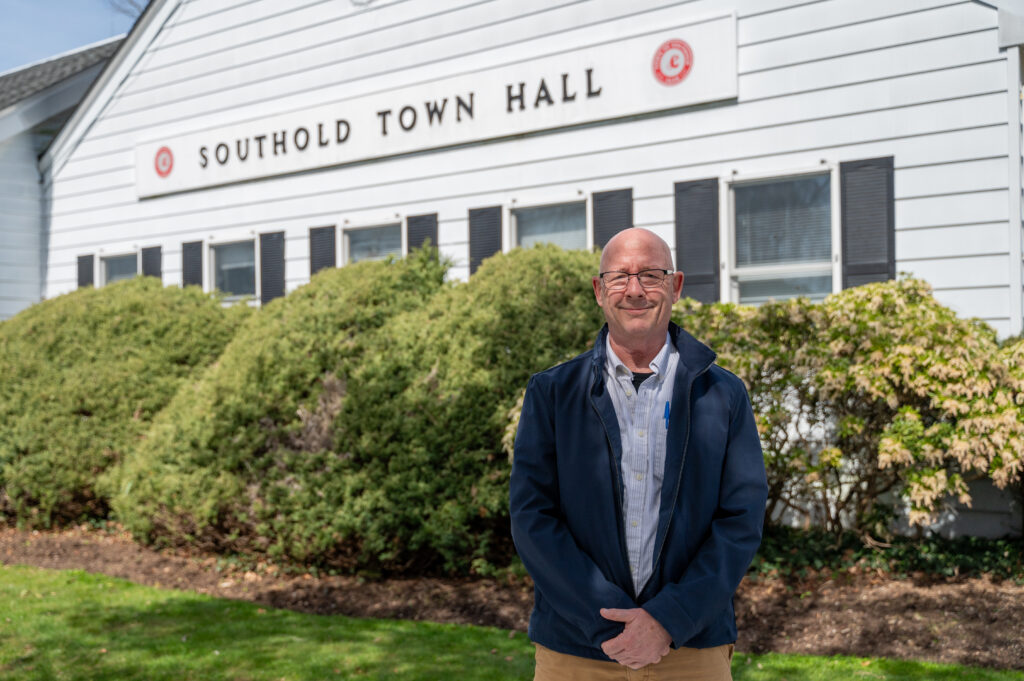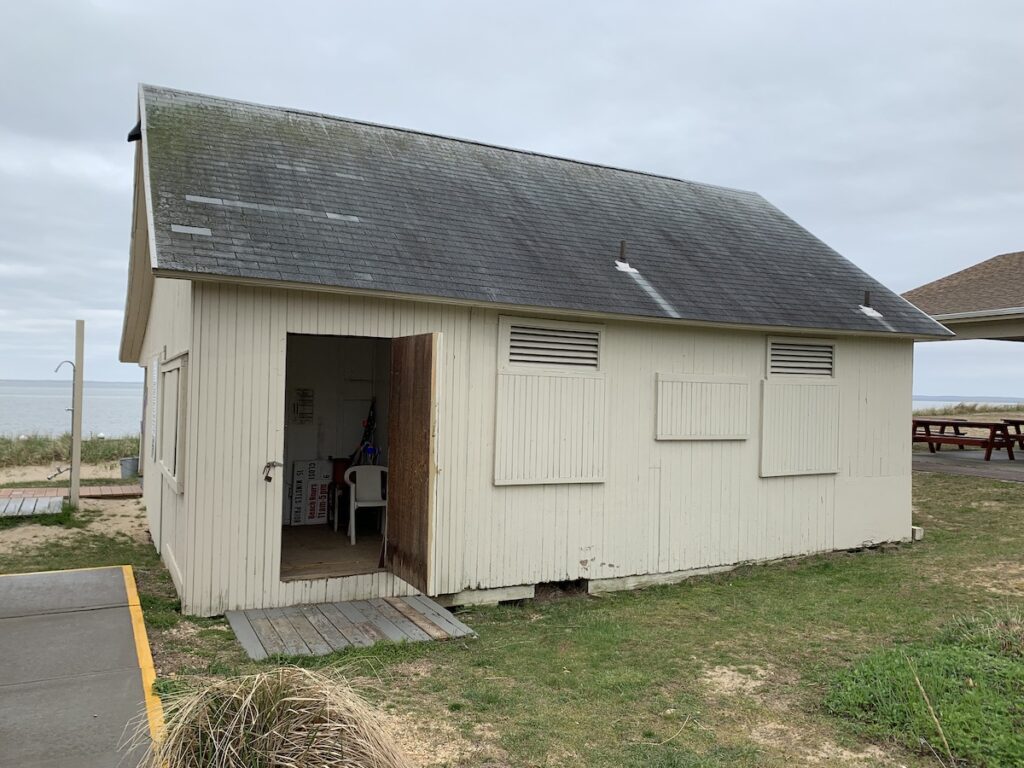Indigenous seedlings find a home at Treiber Farms in Peconic

Ask most five-year-olds to explain what silvopasture is and you’ll likely be met by blank stares or puzzled faces.
But preschool students at the flora & fauna forest school on Shelter Island have been studying the concept for months and got an up close look at the practice during a trip to Treiber Farms in Peconic Wednesday.
According to Project Drawdown, a nonprofit organization that advocates for climate solutions, silvopasture is an agroforestry practice that combines trees and pastures into a harmonious system for raising livestock. Research shows that the technique can increase biodiversity, improve soil and water quality, combat erosion and most importantly, counteract carbon and methane emissions of livestock.
Or, as one five-year-old student explained, “[Cows] fart, we plant trees and the trees take [emissions] out and turn it into their vitamins.”
Since December, students in Hannah Gray’s preschool class have been planting and tending to indigeneous tree seedlings that will be incorporated into a silvopasture system at the Peconic farm.
“They were amazed at the change in the trees,” Ms. Gray said, describing her students’ sense of wonderment at watching the seeds sprout and documenting the process with sketches along the way.
On Wednesday, the class brought eight of their 20 seedlings to Treiber Farms, where farmer father and son duo Peter Treiber Senior and Peter Treiber Junior helped the children plant them on a section of a 42-acre pasture that’s currently leased to Acabonac Farms, an Amagansett-based cattle ranch operation.
According to Peter Treiber Jr., about 90 head of cattle are grazing on the property and the silvopasture plan will benefit both the herd and the land.
“It’s a holistic approach,” he said. “You’re not just growing one variety of grass or giving them feed, which you might do in larger scale production out west. It’s a way of promoting biodiversity.”
Aside from a host of benefits you can’t see — how the root structure of the trees and fungal activity below ground benefits the soil and collects nutrients — the mature trees will ultimately provide some well-needed shade for the herd.
“We have these giant swaths of land 20 and then 22 acres adjacent and there is no place for them to get shade except in the west pasture,” Mr. Treiber Jr. said.
Species of pine, oak, walnut and tupelo trees were among the varieties planted at the farm Wednesday and the rest of the seedlings will find homes on the Sylvester Manor property on Shelter Island.
Ms. Gray said this project also incorporated lessons on otherconcepts like stratification and the meaning of the word indigeneous.
“What does it mean? They said that Santa Claus is indigenous to the North Pole. So they do understand the concept,” she said.
Exploring the natural world is central to Ms. Gray’s forest school, which splits the traditional week between the outdoors — three days are spent exploring the grounds at Sylvester Manor Educational Farm — and two days in the classroom.
The program encourages learning through play-based discovery and problem solving.
Ms. Gray, who has a Master’s degree in early childhood education, launched the school in September.
She was first introduced to the concept of a forest school during professional development training in London.
“They basically took us out there and said “Okay, go out into the forest.” And I said, ‘Well, what’s the curriculum?’ And they said, ‘No, no, no — there’s no curriculum,’ and I said but how will they learn?”
Therein, she said, lies the magic.
It can be as simple as moving a big stump in the schoolyard and a group of children figuring out how to use their bodies, or another piece of wood, to lift it.
“It’s a risk assessment,” Ms. Gray said. “Kids aren’t allowed to go out and play much anymore and to take chances like that. And they also get to think about the world without plastic toys all over the place that have an end result. There is no end result to what they’re doing. It’s endless.”
And of course, there is some structure behind the scenes as Ms. Gray plans curriculums and themes and topics to cover.
One lesson she hopes the students take with them is respect for the environment. “That’s very important for me. Nature is not here for us to take. So hopefully they will become stewards for their world by becoming so sensitive to the natural world,” Ms. Gray said.








